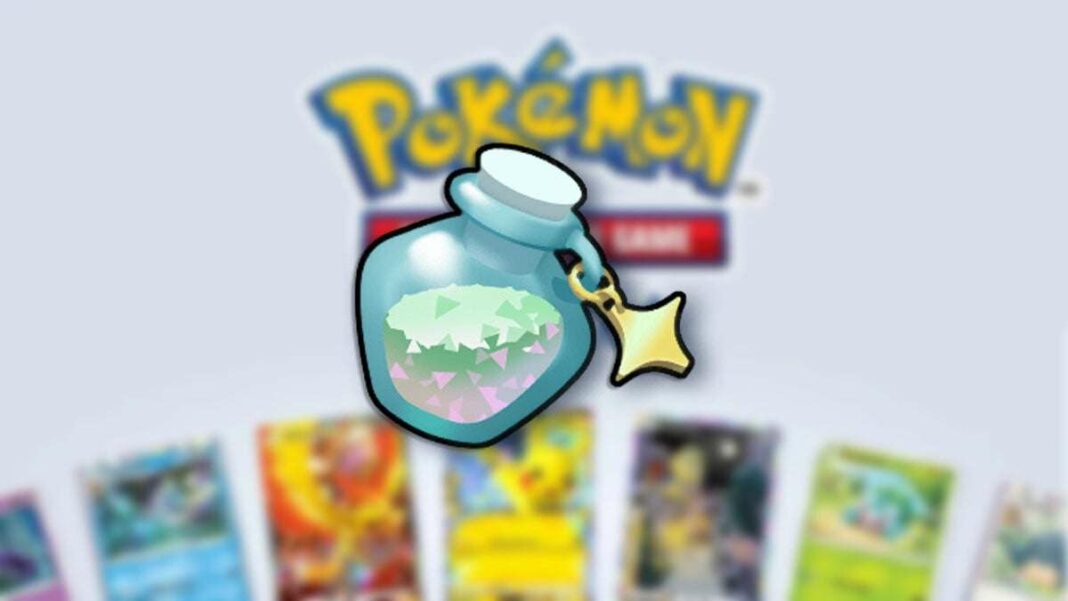Pokémon Pocket TCG has rapidly gained popularity since its recent launch on iOS and Android, allowing players to collect digital Pokémon cards without physical storage. However, the game’s costly decorative effects have stirred controversy. Unlocking these effects requires patience and significant Spark Powder, often making it a lengthy process. While purely cosmetic, their high cost may deter players from investing in them, as many prefer to focus on building card collections or acquiring competitive cards.
Pokémon Pocket TCG: The New Sensation in Mobile Gaming
There’s a new star in the gaming universe, and it’s none other than Pokémon Pocket TCG. Launched just a few weeks ago on both iOS and Android, this game has quickly captured the hearts of players, allowing them to collect Pokémon cards with the comfort of not needing physical storage—everything is conveniently housed on your smartphone. While some players were initially hesitant to invest money in a digital card game when real Pokémon cards are available, The Pokémon Company has certainly proven their foresight in this venture. However, there’s one aspect of Pokémon Pocket that has sparked some controversy among players.
The High Cost of Decorative Effects
The game boasts stunning decorative effects that enhance gameplay, but they come with a hefty price tag. If you’ve been diligently opening your two daily boosters for several weeks, you’ve likely delved into the rich offerings of Pokémon Pocket. Beyond the thrill of collecting and opening digital packs, the game includes a simplified card battle system inspired by the original rules. Yet, if you’ve engaged in this mode, you may have encountered a challenge: the decorative effects triggered by opponents’ cards can be quite costly to replicate for your own cards.
To enjoy these decorative effects, you’ll need either a lot of patience or a significant financial investment. These effects are unlocked on a card-by-card basis. For instance, if you unlock a fiery effect for your Charizard, it won’t automatically apply to your other Pokémon. Moreover, unlocking these effects requires multiple duplicates of the same card and a specific amount of Spark Powder—this is where the complexity escalates.
Many players have found this aspect of Pokémon Pocket to be a missed opportunity. The menu for unlocking decorative effects reveals the extensive resources required. The rarer the card you wish to enhance, the more Spark Powder you will need. For example, if you possess a stunning immersive Mewtwo ex and want to add a Purple Hexagons effect, prepare to part with a staggering 18,000 Spark Powder. Considering you earn this resource in small increments by opening packs or completing missions, it’s clear that this could become a lengthy endeavor.
While these decorative effects are purely cosmetic and optional, their inaccessibility may discourage players. If players are going to spend money, they might prefer to focus on completing their card collections or acquiring powerful cards for battles. Nonetheless, these effects could appeal to many who wish to stand out, and it seems reasonable that lowering their cost or increasing the Spark Powder recovery rate could enhance player satisfaction and engagement. Of course, it’s essential to remember that Pokémon Pocket operates primarily as a gacha game, where such monetization strategies are commonplace.
In summary, Pokémon Pocket TCG is undeniably a trending phenomenon in the gaming world. With countless players eagerly opening boosters and investing in their card collections, it’s clear that this game is making waves in the mobile gaming landscape.
